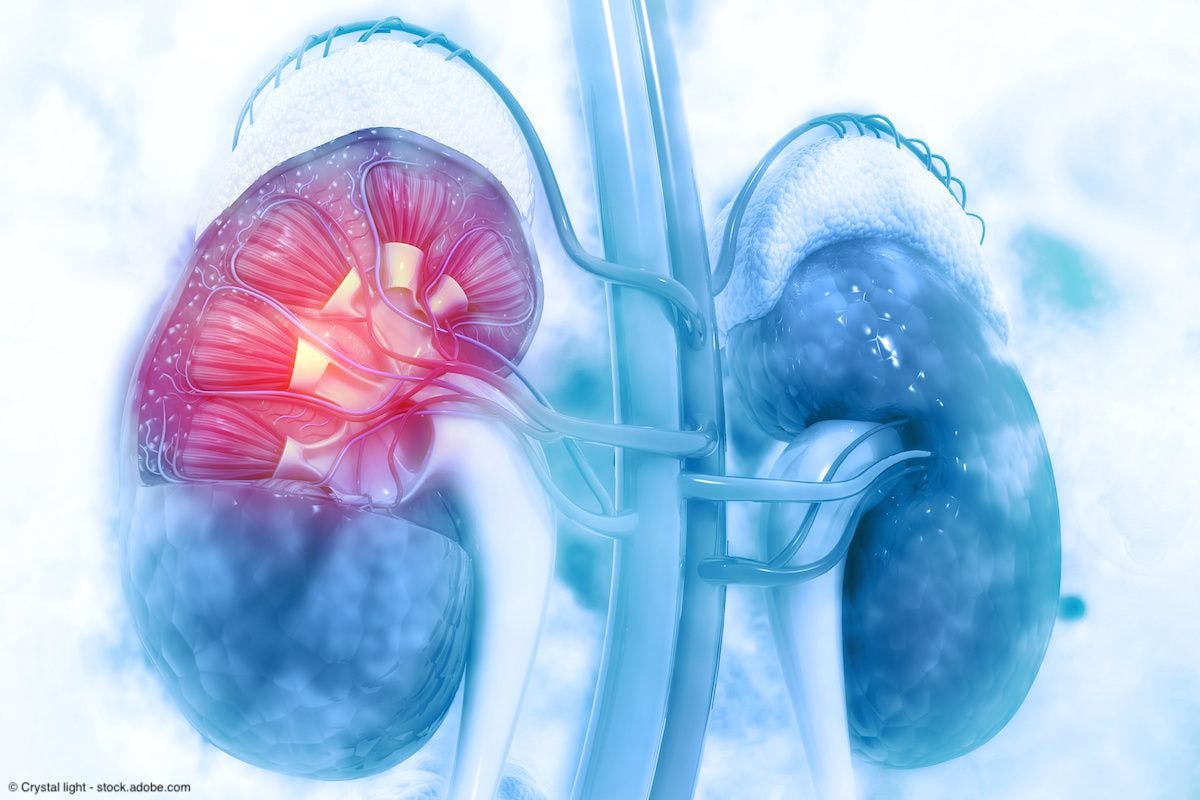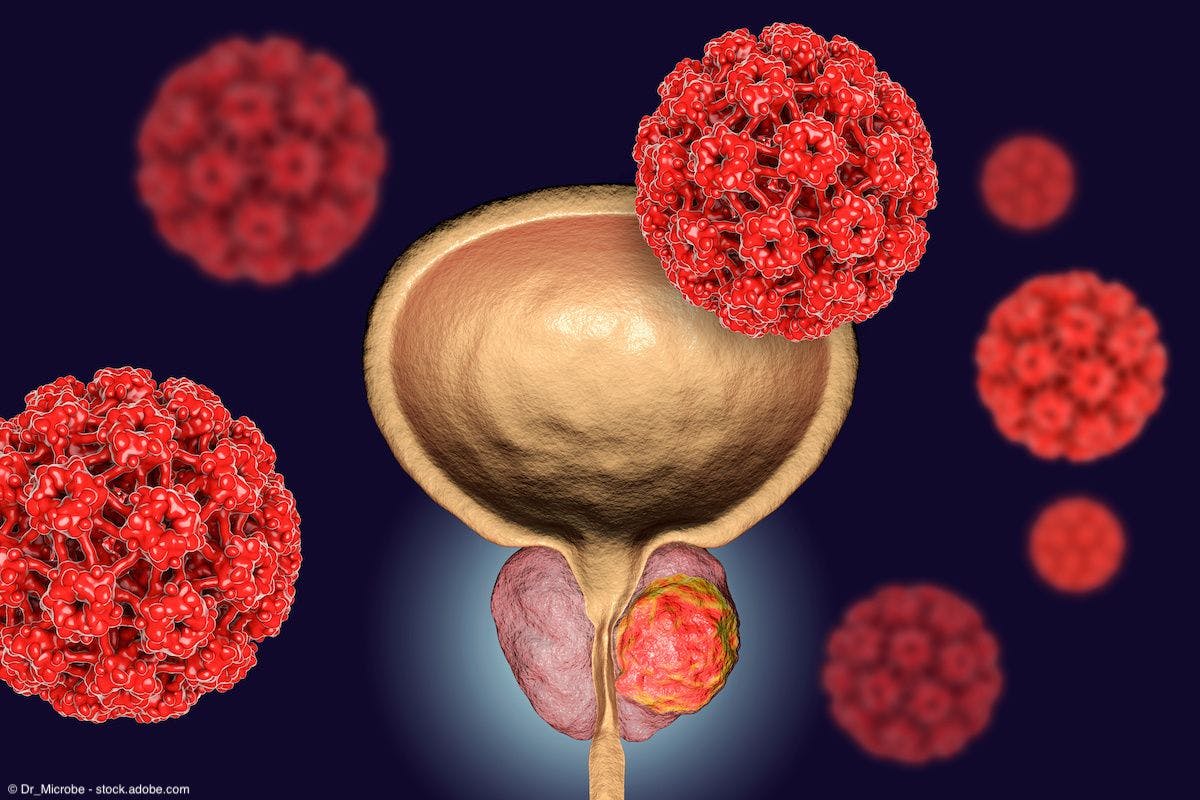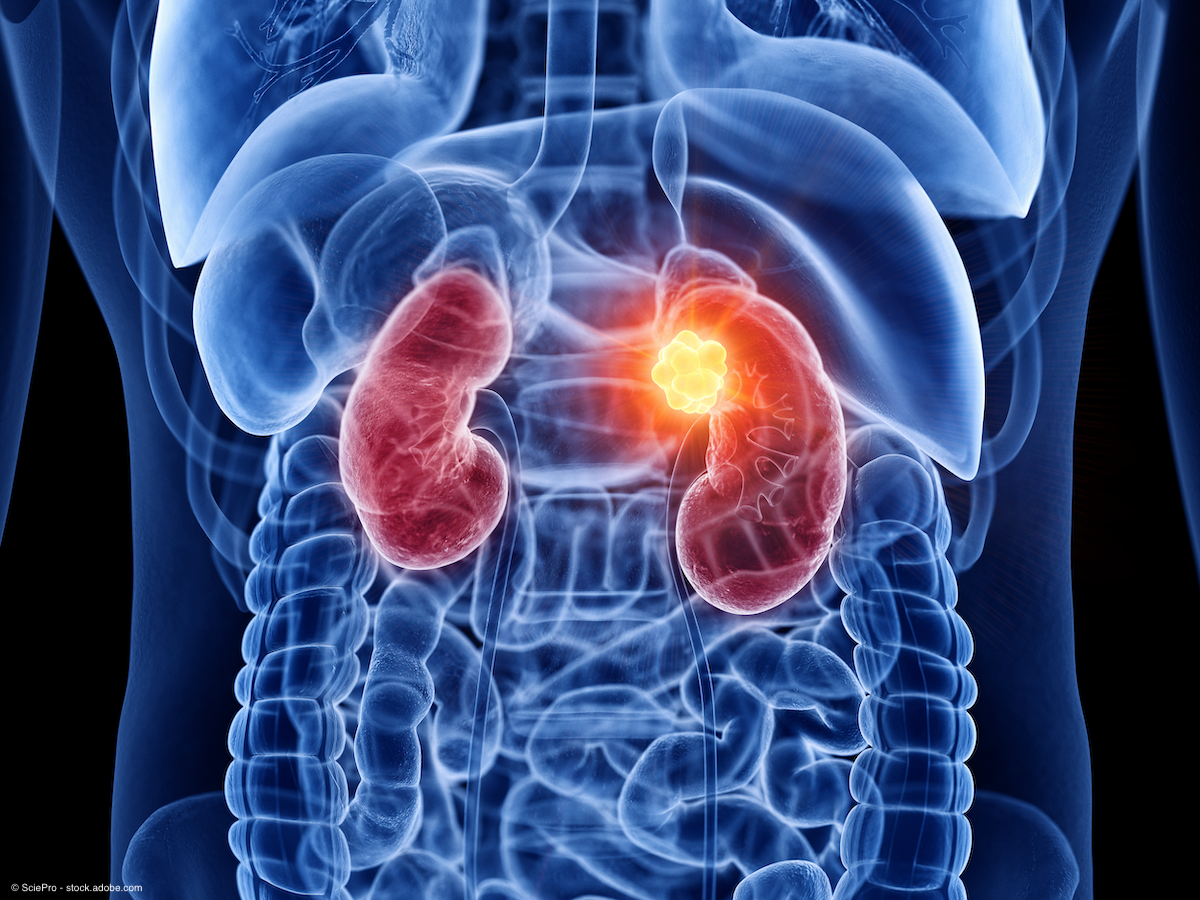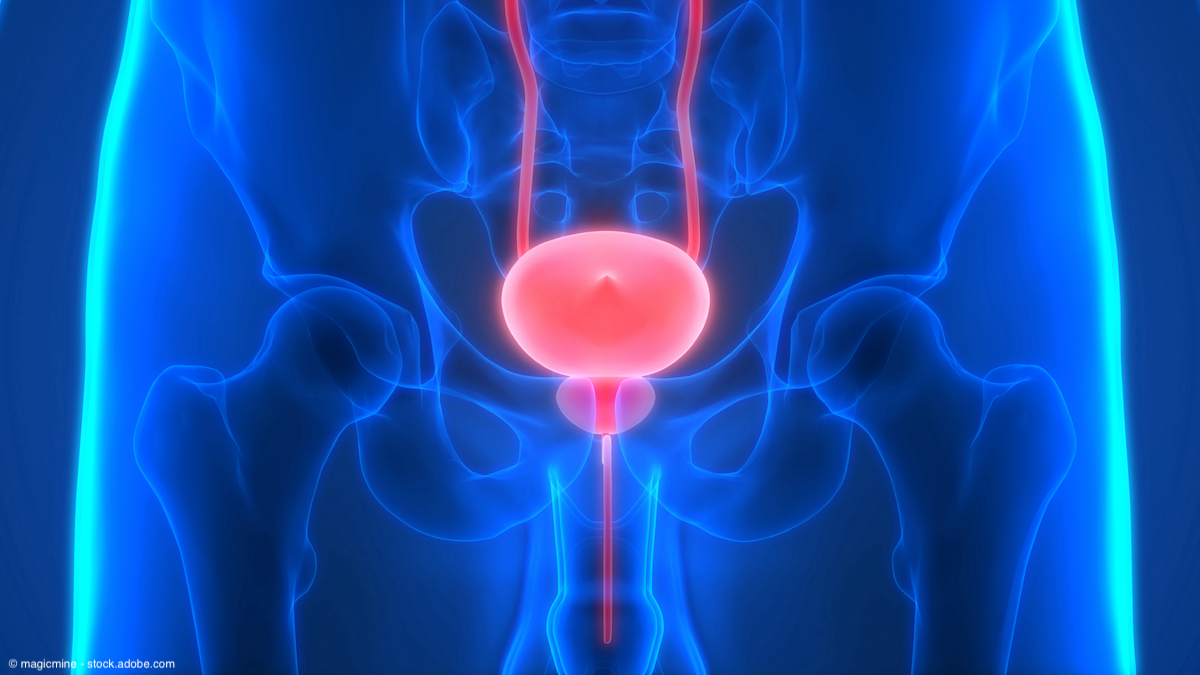News
Article
Urology Times Journal
FDA approves Optilume BPH System
Author(s):
The minimally invasive surgical therapy is approved for the treatment of lower urinary tract symptoms secondary to BPH.
The FDA has approved the Optilume BPH Catheter System for the treatment of lower urinary tract symptoms (LUTS) secondary to BPH, according to Urotronic, the developer of the treatment.1
"The positive data from the PINNACLE and EVEREST trials demonstrates clear and compelling sustained clinical outcomes [with Optilume BPH] through 4 years post-treatment," said Steven A. Kaplan, MD.

The Optilume BPH System is a minimally invasive surgical therapy (MIST) consisting of a drug-coated (paclitaxel) balloon system. “Mechanical dilation with [the system] achieves an anterior commissurotomy, while delivery of paclitaxel is intended to maintain luminal patency during healing,” Urotronic explained in a news release.1
"With the highest reported Qmax in BPH MIST trials to date, Optilume BPH is the next generation of minimally invasive technology, creating a new drug device space among BPH therapies," Steven A. Kaplan, MD, professor of Urology at the Icahn School of Medicine at Mount Sinai in New York, stated in the news release. "The positive data from the PINNACLE and EVEREST trials demonstrates clear and compelling sustained clinical outcomes through four years post-treatment."
PINNACLE data
Findings from the 12-month follow-up the PINNACLE study presented by Kaplan at the 2023 AUA Annual Meeting showed that treatment with the Optilume BPH System resulted in significant, immediate symptomatic and functional improvements in patients with BPH.2
At 1 year, IPSS score was decreased by a median of 11.5 in the Optilume arm vs a median of 4.8 in the sham arm. The difference was statistically significant (P <.001). Also at 12-months, the therapeutic response rate, defined as the proportion of patients with a ≥30% improvement in IPSS, was 76.6% in the Optilume arm vs 33.3% in the control arm (P <.001).
“Patients in the Optilume arm showed an immediate and sustained improvement in IPSS over the course of 1 year, as compared to the sham arm,” Kaplan said when presenting the findings at the AUA meeting. “There was also no perceived change in erectile or ejaculatory function after treatment as measured by IIEF and MSHQ-EjD.
The prospective, double-blind, sham-controlled PINNACLE study enrolled 148 patients with BPH at 18 centers in the United States and Canada. Patients were randomized in a 2:1 ratio to Optilume (n = 100) or sham (n = 48). Patients were not eligible if they had received prior surgery/MIST therapy.
Patient characteristics at baseline were well balanced between the 2 study arms. In the Optilume arm, the median age at baseline was 64.5 years and the median BMI was 29.3 kg/m2. The median PSA was 2.42 ng/mL, prostate volume was 44.9 cc, and IPP size was 5.1 mm. The median IPSS score was 23.4, the median Qmax was 8.9 mL/sec, and the median post-void residual (PVR) volume was 84.1 ml.
In the sham arm, the median age at baseline was 65.5 years and the median BMI was 29.1 kg/m2. The median PSA was 2.2 ng/mL, prostate volume was 45.0 cc, and IPP size was 5.3 mm. The median IPSS score was 24.3, the median Qmax was 9.0 mL/sec, and the median PVR volume was 89.4 ml.
At 1-year, there were 89 evaluable patients in the Optilume arm and 26 evaluable patients in the Sham arm.
The average peak urinary flow rate, or Qmax, improved from 8.9 mL/sec at baseline to 19.0 mL/sec at 1 year, translating to a 113% improvement. Kaplan said this is the “highest average peak urinary flow rate (Qmax) at 12 months reported in randomized MIST trials for BPH.”
He added that, “PVR urine volume improved 28% from baseline to 30 days in the Optilume group, and this improvement was sustained through 12 months.”
EVEREST data
Kaplan also presented 4-year data from the single-arm EVEREST-1 trial at the 2023 AUA Annual Meeting. These findings showed sustained efficacy and safety with the Optilume drug-coated balloon catheter system in patients with LUTS related to BPH.3
Overall, the EVEREST-1 trial enrolled 80 men with BPH across 6 centers. Follow-up for the trial remains ongoing. At the time of the analysis, 4-year follow-up data were available for 32 subjects, with an additional 40 subjects still expected to have this long-term data.
According to Kaplan et al there was immediate functional improvement as measured by peak urinary flow rate (Qmax): at 14 days, Qmax data showed an increase from 10.9 mL/sec at baseline to 18.8 mL/sec. And at 4 years post-treatment, this improvement was sustained at 18.1 mL/second (P <.001 vs baseline).
The symptom measures IPSS and BPH-II also showed immediate and sustained improvement with Optilume. The mean IPSS at baseline was 22.3, compared with 11.5 at 4 years. The mean BPH-II was 6.9 at baseline and 3.9 at 4 years.
“The functional and symptomatic improvements seen after treatment with Optilume BPH have been sustained through 4 years in this early feasibility study,” Kaplan et al wrote in their abstract conclusion.
In a statement in the press release on the FDA approval, Urotronic President and CEO David Perry stated, “There's nothing else like Optilume BPH that's currently available, it's the only treatment option that requires no cutting, burning, steaming, or implants. This advancement, backed by strong clinical outcomes, has the potential to improve the quality of life for millions of patients looking for a solution for BPH and its associated lower urinary tract symptoms. Drug-coated balloons are the future of interventional urology."1
References
1. Urotronic Announces FDA Approval of Optilume® BPH Catheter System, Pioneering the Next Generation of Minimally Invasive Solutions for Enlarged Prostate Symptom Relief. Published online and accessed July 11, 2023. https://www.prnewswire.com/news-releases/urotronic-announces-fda-approval-of-optilume-bph-catheter-system-pioneering-the-next-generation-of-minimally-invasive-solutions-for-enlarged-prostate-symptom-relief-301874287.html
2. Kaplan SA, Moss J, Freedman S, et al. 12-month outcomes from a randomized, sham controlled study evaluating a novel drug coated balloon for the treatment of BPH. 2023 AUA Annual Meeting. April 27-May 1, 2023. Abstract PD41-03.doi: 10.1097/JU.0000000000003346.03
3. Kaplan SA, Pichardo M, Rijo E, et al. At 4 years, Optilume BPH has the highest sustained improvement in peak flow (QMAX) of any minimally invasive BPH therapy. 2023 AUA Annual Meeting. April 27-May 1, 2023. Abstract MP76-02. doi: 10.1097/10.1097/JU.0000000000003350.02

Newsletter
Stay current with the latest urology news and practice-changing insights — sign up now for the essential updates every urologist needs.


























